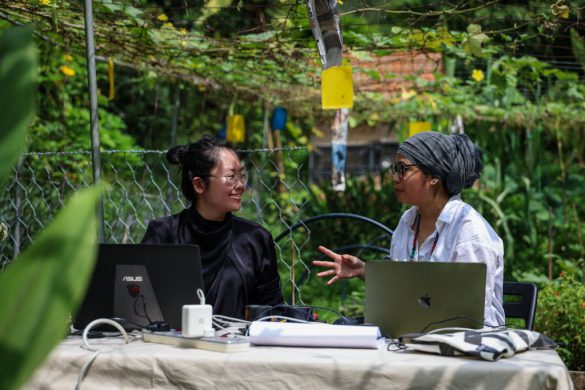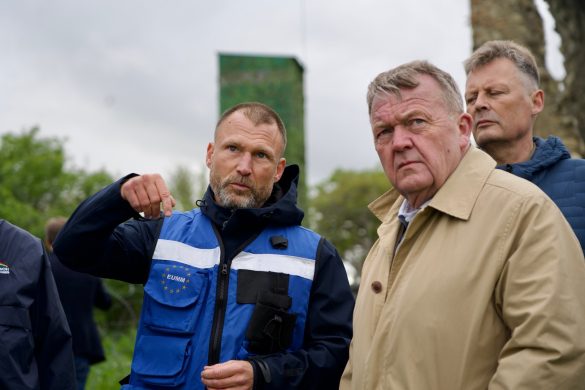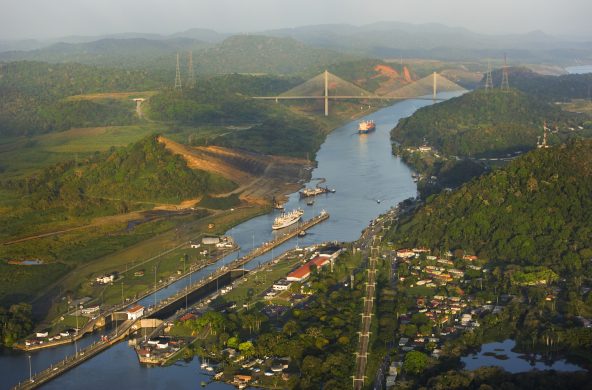With hunger and related diseases claiming as many lives each week as the devastating Indian Ocean tsunami – more than 225.000 at latest count – the United Nations World Conference on Disaster Reduction (WCDR) Thursday shone the spotlight on the silent killers, whose terrible toll can be slashed by emergency preparedness.
Much of the attention at the five-day conference in Kobe, Japan, has so far been directed at plans to create a global early warning system of natural hazards ranging from droughts, wildfires and floods through typhoons, hurricanes and landslides to volcanic eruptions and tsunamis, based on tremor and tidal gauges, fast data transfer and alarm mechanisms and training in the danger zones.
But Thursday, it was the turn of the more insidious daily killers to top the agenda, with hunger or related diseases claiming nine times as many lives as war or natural disaster.
– Let me issue one word of warning, UN World Food Programme (WFP) Executive Director James T. Morris told the conferences 4.000 delegates from 150 countries.
– The chronic hunger and malnutrition that afflicts 300 million children worldwide does not create the dramatic media coverage of a tsunami, but it causes far greater suffering. We cannot afford to lose sight of that fact. This too is an emergency.
Mr. Morris stressed that WFP had made disaster risk reduction and emergency preparedness two of its corporate priorities, and that it played a key role in developing the new early warning tool, HEWSweb – the Humanitarian Early Warning Service that brings together on one web platform the vast amount of data available from technical institutions on each type of natural hazard.
– The Asian tsunami crisis could not have provided us with a more graphic illustration of the importance of emergency preparedness and early warning, he said, noting that the number of natural disasters is rising, with about one-third of WFPs 100 million beneficiaries now affected by natural hazards.
– The Asian tsunami shocked the world and massive relief efforts are underway for the survivors. The challenge we now face is to keep the momentum going for millions of other people around the globe whose lives are also stalked by hunger and poverty, but whose faces are rarely in the spotlight, he added.
WFP is working around the clock to deliver emergency food relief for up to 2 million people affected by the tsunami in Indonesia, Sri Lanka, the Maldives, Myanmar and Somalia. More than 1 million of the most critically-affected people received food rations within 20 days of the tsunami.
While the massive destruction caused by the earthquake and subsequent tsunami on 26 December was not foreseen, it is certain that millions of people around the globe will be hit by disaster some time in the next five or 10 years, Mr. Morris said.
Women and children will bear the brunt of the impact. Floods will again wash away much of Bangladesh. Hurricanes will no doubt sweep through Central America and the Caribbean. Drought is sure to parch the Horn of Africa.
Hence the need for emergency preparedness.
Meanwhile, the UN Educational, Scientific and Cultural Organization (UNESCO) has launched a new inter-agency initiative aimed at minimizing loss of life and reducing damage caused by floods, headquartered at a planned Centre for Water Hazard and Risk Management (CHARM) in Tsukuba, Japan.
– This new initiative is set to integrate the scientific, operational, educational and public awareness raising aspects of flood management, including the social response and communication dimensions of flooding and related disaster preparedness, UNESCO Director-General Koïchiro Matsuura told the Conference.
The initiative is a response to the increasing number of water related disasters, deaths and widespread damage. Since 1992, the yearly number of water-related disasters has risen to more than 150 from slightly over 50.
They claim about 25.000 lives and affect over 500 million others annually, and cost the world economy more than 60 billion US dollar, up from about 10 billion in 1950. And this does not include the cost of damage to cultural assets and natural resources.
Kilde: FNs nyhedstjeneste















